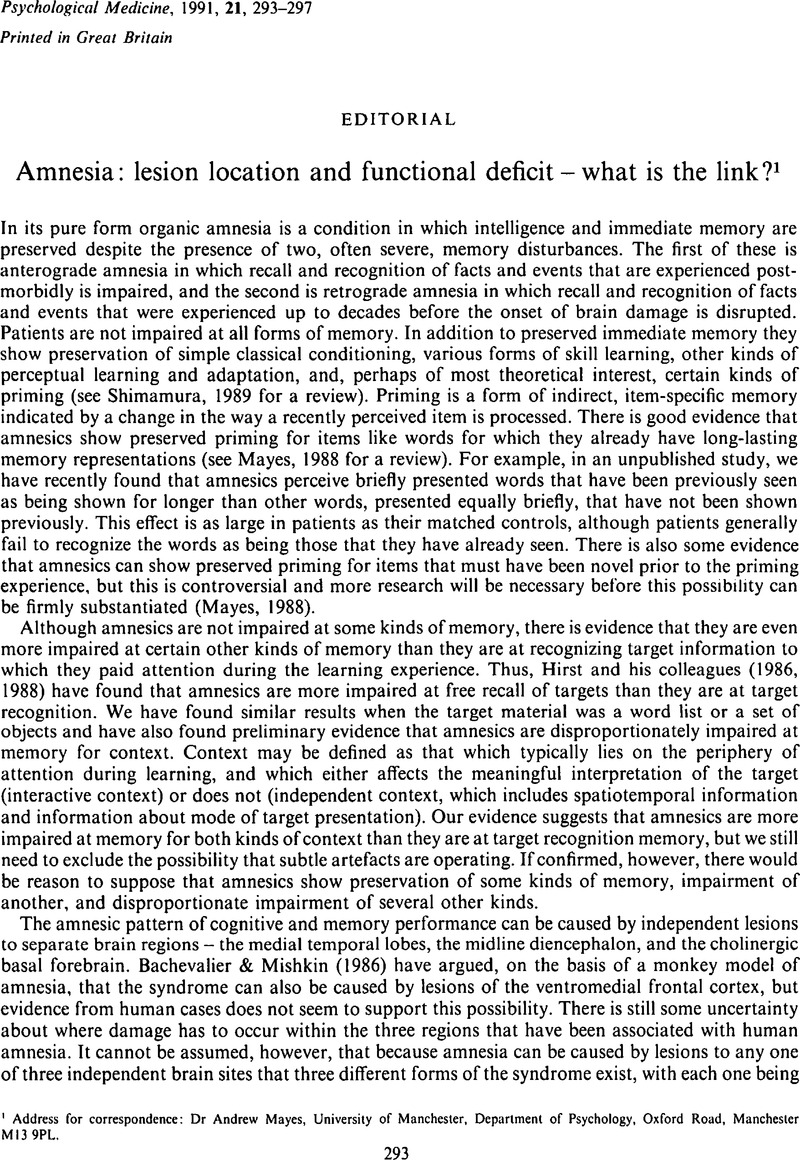Rolls, E. T. (
1989). Parallel distributed processing in the brain: implications of the functional architecture of neuronal networks in the hippocampus. In
Parallel Distributed Processing: Implications for Psychology and Neurobiology (ed.
Morris, R. G. M.), pp.
286–
308.
Oxford University Press:
Oxford.
Google Scholar 